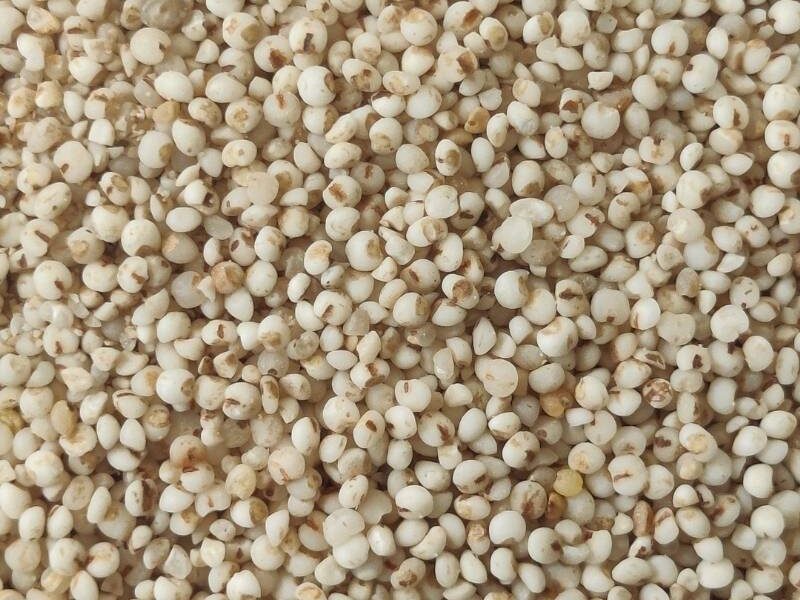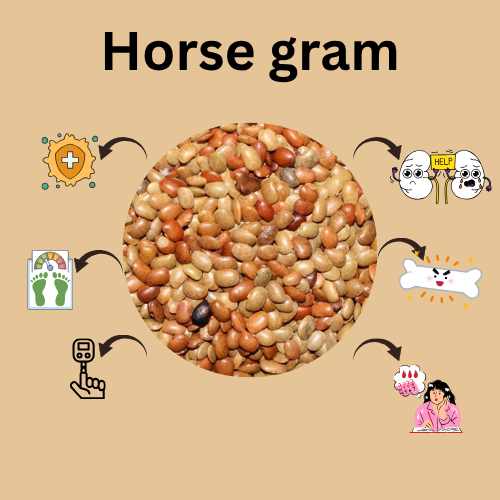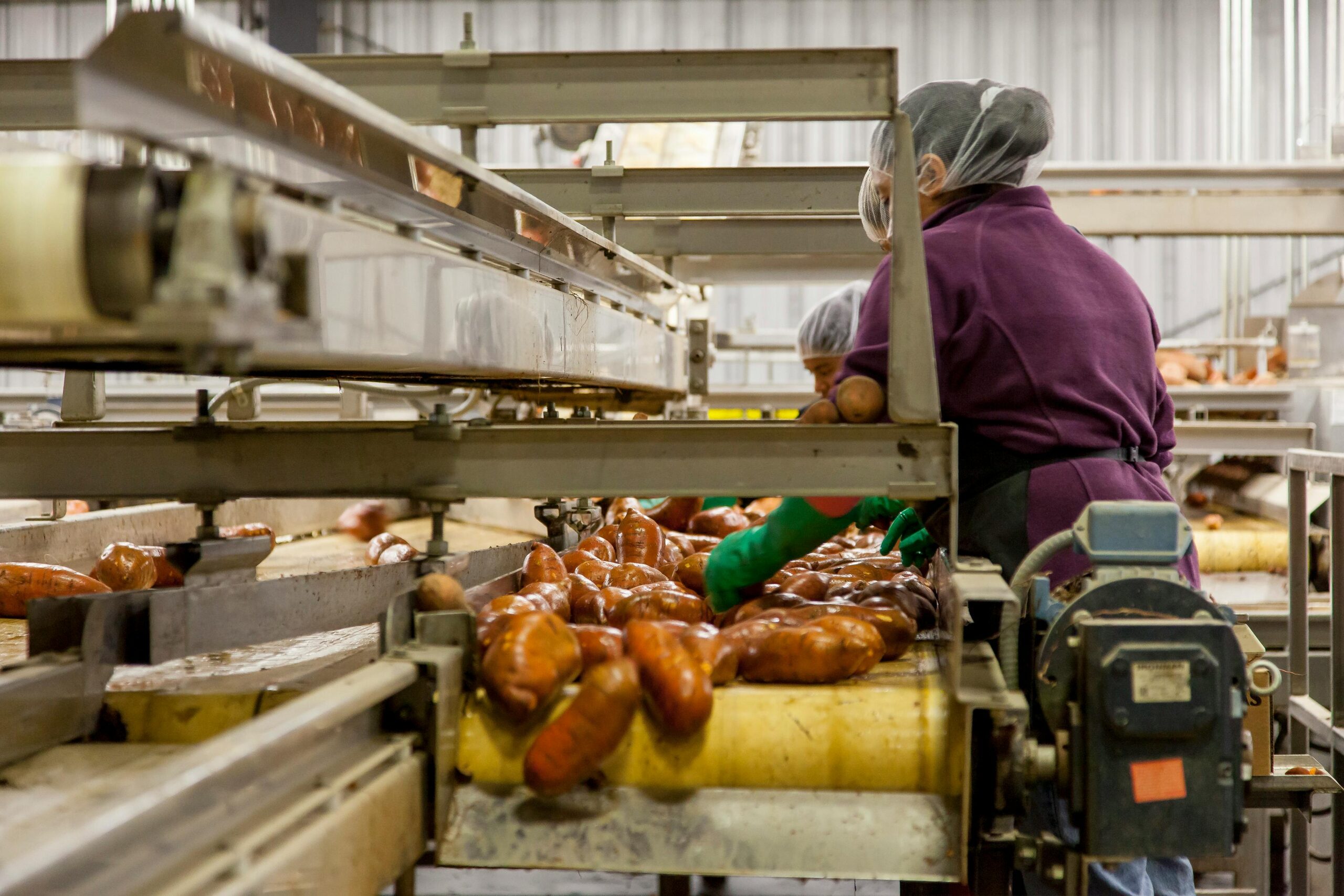Introduction
Barnyard millet, also known as Sanwa, Sama, or Kuthiraivali, is a small-seeded ancient grain that has been a staple in many Asian diets for centuries. Naturally gluten-free and rich in essential nutrients, barnyard millet has gained popularity in modern diets due to its health benefits and versatility in cooking. This article explores the nutritional value, health advantages, and various ways to incorporate this super grain into your daily meals.

Nutritional Value of Barnyard Millet
Barnyard millet is a powerhouse of nutrients and offers a well-balanced profile of:
- Dietary Fiber: Helps with digestion and keeps you full longer.
- Protein: Supports muscle health and repair.
- Iron: Essential for preventing anemia and boosting energy.
- Calcium & Phosphorus: Important for bone strength.
- Magnesium & Zinc: Help regulate blood pressure and support immunity.
- Low Glycemic Index: Ideal for managing blood sugar levels.
Per 100g (approximate):
- Calories: 300–350 kcal
- Carbohydrates: 55–65g
- Protein: 6–9g
- Fiber: 9–12g
- Fat: 2–4g
Health Benefits of Barnyard Millet
- Manages Blood Sugar Levels
Its low glycemic index and high fiber content make it suitable for diabetics. - Supports Weight Loss
Keeps you full and reduces hunger pangs, aiding in calorie control. - Gluten-Free Alternative
A great option for those with celiac disease or gluten intolerance. - Improves Digestion
High fiber aids in healthy digestion and prevents constipation. - Boosts Heart Health
Magnesium and antioxidants in the grain help lower bad cholesterol. - Strengthens Bones
Calcium and phosphorus contribute to bone health and prevent osteoporosis. - Improves Metabolism
Rich in B-vitamins, it helps in better energy metabolism and brain function.
How to Use Barnyard Millet in Your Diet
Barnyard millet can be used in a variety of tasty and nutritious ways:
- Millet Porridge
- A light, nutritious breakfast made with milk or water, flavored with cardamom and nuts.
- Millet Khichdi
- Cooked with vegetables and spices, it’s a wholesome, easy-to-digest meal.
- Millet Upma
- A savory Indian breakfast alternative to semolina upma.
- Barnyard Millet Dosa or Idli
- A healthier twist to South Indian classics.
- Millet Pulao
- Substitute rice with barnyard millet for a fiber-rich version of this traditional dish.
- Baking Ingredient
- Use millet flour for making rotis, pancakes, and even healthy cookies.
Cooking Tips
- Soak the millet for at least 30 minutes before cooking to reduce cooking time.
- Use a 1:2 ratio of millet to water for fluffy texture.
- Store in a cool, dry place to retain freshness.
Conclusion
Barnyard millet is a highly nutritious and versatile grain that deserves a spot in your kitchen. Whether you’re looking to manage your blood sugar, lose weight, or simply eat healthier, this ancient grain offers a delicious and wholesome solution. Start by making small swaps in your diet, and soon you’ll experience the amazing benefits barnyard millet has to offer.
Keywords: Barnyard millet, health benefits of barnyard millet, barnyard millet recipes, gluten-free grains, millet nutrition, millet for diabetes


